Cutting Edge Research
The figure above (from the Stockholm Resilience Center) is an illustration of the 9 planetary boundaries and human impact over time. We are focused exclusively on reversing these effects using fundamental engineering principles.
REPRODUCE [verb]: To create in a different context; to make anew.
REPRODUCE [noun]: REmediation and PRODuction Using Chemical, Computational and Electrochemical Techniques.
Our mission is important
We seek to reverse the human impact on earth’s natural cycles related to water, carbon, nitrogen and phosphorus. We believe this simultaneously yields a more sustainable approach to Food, Energy and Water systems and infuses traditional chemical engineering principles with a wholistic approach to extraction and production.
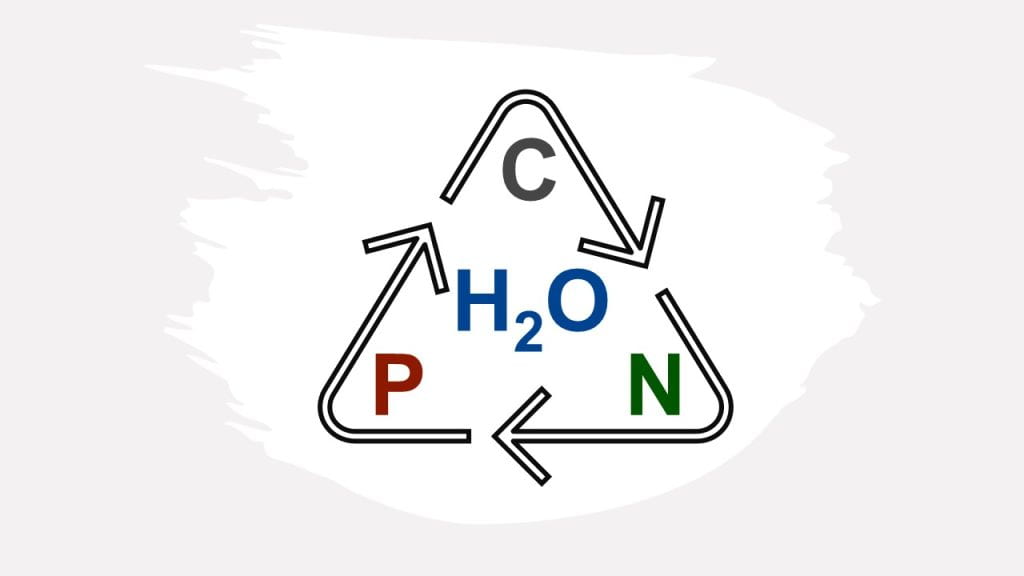
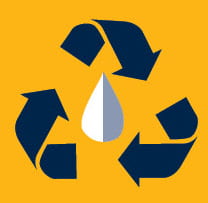
Wastewater Remediation
Enabling climate change resilience by recovering nutrients and metals from wastewater
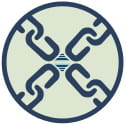
Thermoset Composites
Using natural functionality of recycled carbon and polymers to enable novel properties
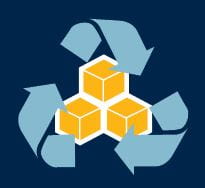
Polymer Upcycling
Enabling the reuse of recalcitrant polymers by low-energy upcycling
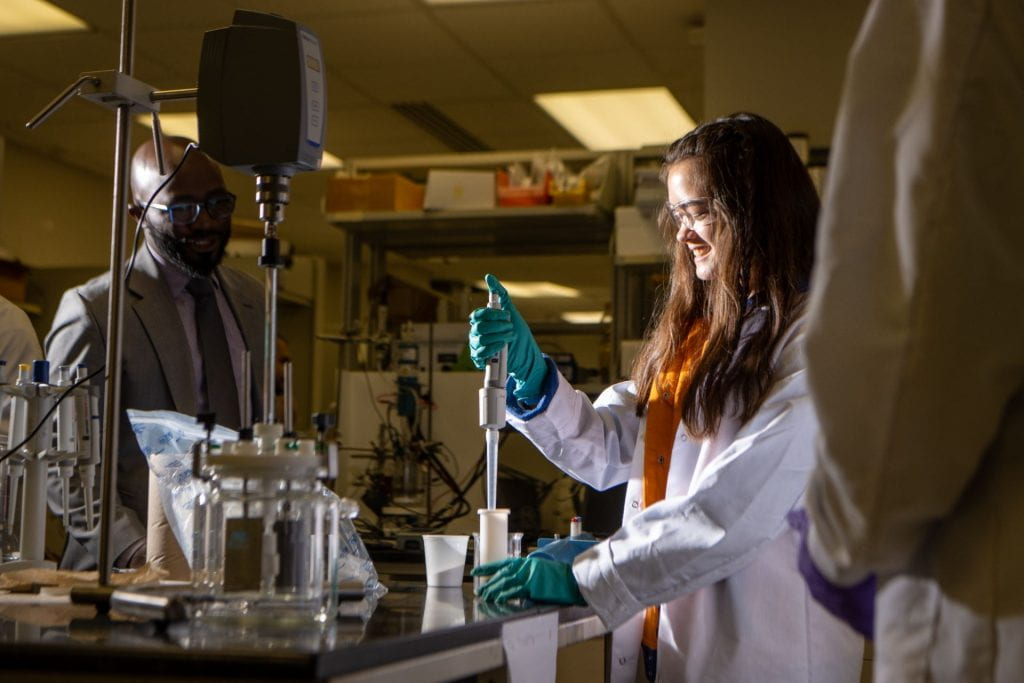
Research Overview
Wastewater Remediation
The REPRODUCE Lab is currently using electrolyte modeling, electrochemical reactor design and bench-scale testing to understand and predict conditions for optimum resource recovery from wastewater with minimal process chemical input. Current area of focus are nutrient recovery and rare earth metal lixiviation. This activity is focused on reproducing the H2O, P and N cycles: biogeochemical flows in the planetary boundary.
Coal-based Thermoset Composite
The REPRODUCE Lab is currently developing advanced Phenol Formaldehyde thermosets through the incorporation of filler materials with similar functional groups to the Phenol Formaldehyde resin to strengthen bonding. This activity is focused on reproducing the C cycle: climate change in the planetary boundary.
Polymer Upcycling
The REPRODUCE Lab is currently developing techniques for generating non-fuel building blocks from thermoplastic polymers via a combination of physicochemical methods including thermolysis and solvolysis. This activity is focused on reproducing the C cycle: novel entities in the planetary boundary.
Contact us
